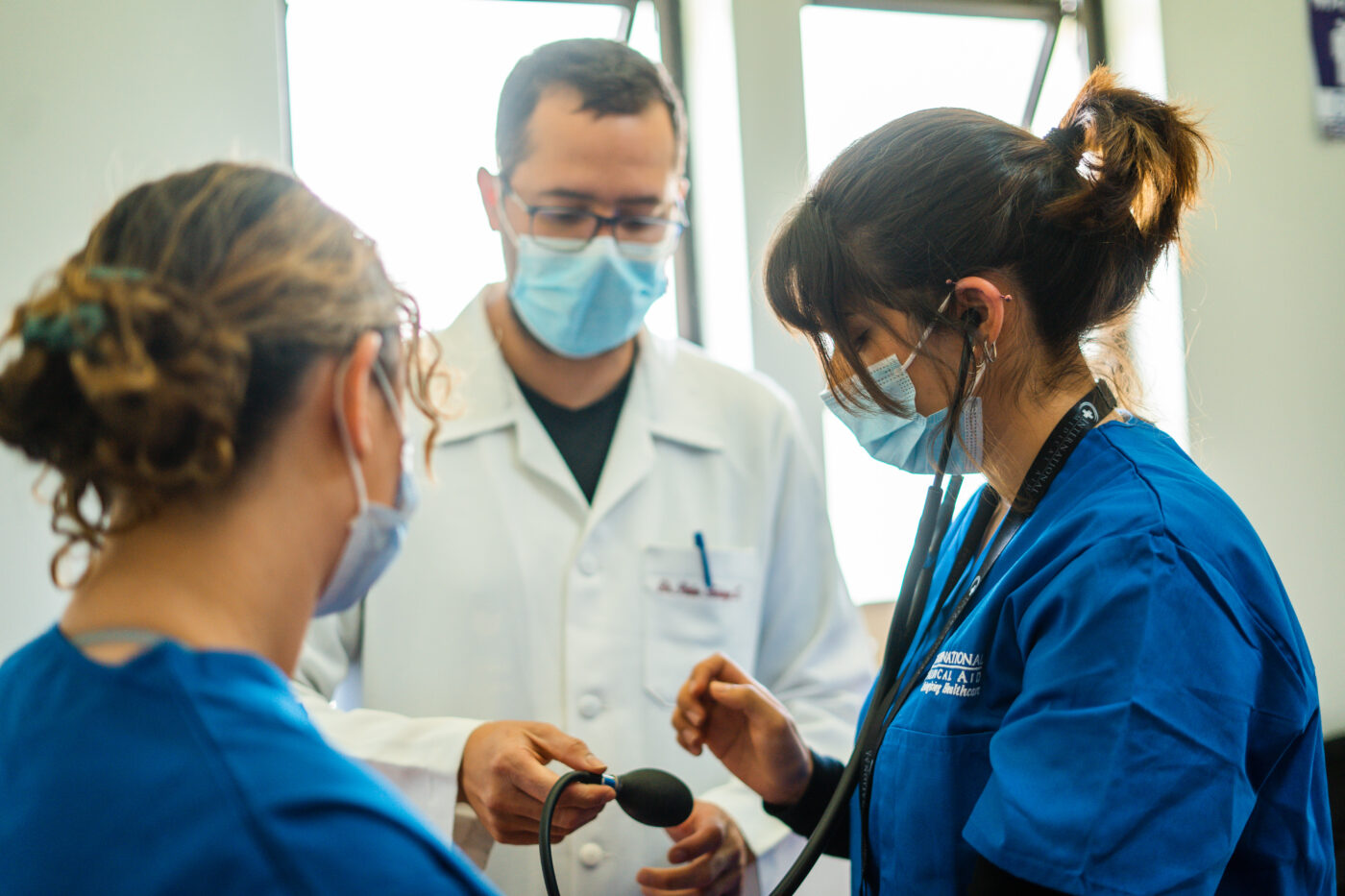A first aid certification course gives you the ability to handle real-life emergencies with confidence. You will learn skills like controlling bleeding, performing CPR, and managing sudden illnesses. Whether you’re preparing for a healthcare career or want to be ready to act in emergencies at home or work, the course offers step-by-step training led by experienced instructors. It’s designed to be practical and easy to follow, making it suitable even if you’re starting with no prior knowledge. This blog explains the need for a first aid certification course and what you can expect when signing up.
Importance of a First Aid Certification Course
People who have received first aid training are more aware of safety. As a result of these skills, accidents and injuries may decrease. A person experienced in handling emergencies such as choking, bleeding, burns, or cardiac arrest can immediately take action and know how to apply the correct procedures to improve the victim’s chances of recovery.
First aid certifications benefit not only individuals but also society as a whole. According to reports, workplace injuries and illnesses cost businesses more than $170 billion each year. The presence of first-aid-certified employees can minimize injury severity and contribute to reducing healthcare costs by providing immediate treatment.
If left untreated, minor injuries may evolve into major problems, and prompt care can prevent this. This training promotes a safer environment at school, home, and work, making individuals more confident in responding to emergencies.
What to Expect from a First Aid Certification Course
When you sign up for first aid certification, there are certain things you should expect. You should have an idea of what the course entails and the benefits it will provide. Here are the most important factors and expectations:
Basic First Aid Skills
A first-aid certification course is primarily focused on teaching fundamental first-aid techniques. These techniques include steps for treating wounds, burns, cuts, fractures, and sprains. You will be trained to control blood flow, apply bandages, and care for minor wounds. You will also learn how to address common medical emergencies, such as asthma attacks, allergic reactions, and shock.
CPR and AED Training
Many first aid certification courses also include training in CPR and AED. CPR is used to revive someone who is experiencing cardiac arrest by manually pumping blood to vital organs until emergency medical help arrives. You will learn how to use an automated external defibrillator (AED) as part of the training, which may be necessary to restore someone’s heartbeat during a cardiac emergency.
Hands-On Training
A first aid certification course will involve a significant amount of hands-on practice. You will work with mannequins, apply bandaging techniques, and participate in simulated scenarios where your skills are tested. The more practical experience you gain, the more confident you will be in using this information in real-life situations. Instructors often monitor performance to ensure that each participant masters the necessary methods
Recognition and Response to Emergencies
The course will also teach you how to recognize different types of emergencies and assess the situation before administering first aid. You’ll learn the importance of safety for yourself and others, understand when to seek professional medical help and know when it’s safe to intervene. This step-by-step approach helps you remain composed and calm in stressful situations while reducing potential risks to yourself and others.
Legal and Ethical Considerations
Understanding legal and ethical responsibilities is an important part of first aid certification. Good Samaritan laws, which protect those offering emergency assistance, will be discussed. You will also learn about consent, especially when assisting a minor or an unconscious adult, to ensure you always act within the law when caring for others.
Certification Renewal Requirements
Upon completion of the course, you will receive a first aid certificate, which usually needs to be renewed every two years. Some certifications may require periodic renewal to keep you updated on the latest first-aid procedures. The course will inform you of these renewal requirements and provide additional skills to enhance your knowledge of first aid.
Make a Difference with a First Aid Certification
An emergency first aid certification course is an investment in your ability to help in critical moments during emergencies. When professional medical assistance is not available, this will equip you with the skills to handle both minor and serious situations. Taking a first aid course increases workplace safety and increases confidence in emergencies.



